Data Governance: Concept, Models, Framework, Tools, and Implementation Best Practices
AltexSoft
MARCH 2, 2023
As the amount of enterprise data continues to surge, businesses are increasingly recognizing the importance of data governance — the framework for managing an organization’s data assets for accuracy, consistency, security, and effective use. Projections show that the data governance market will expand from $1.81

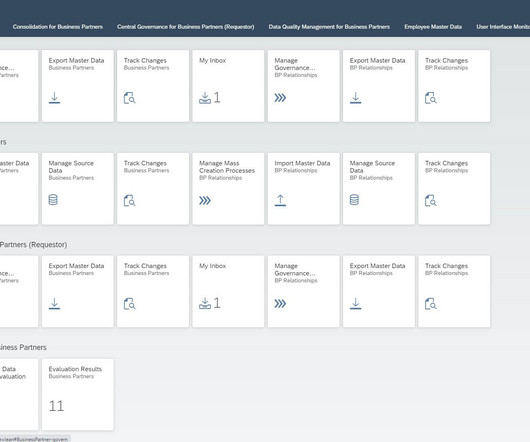

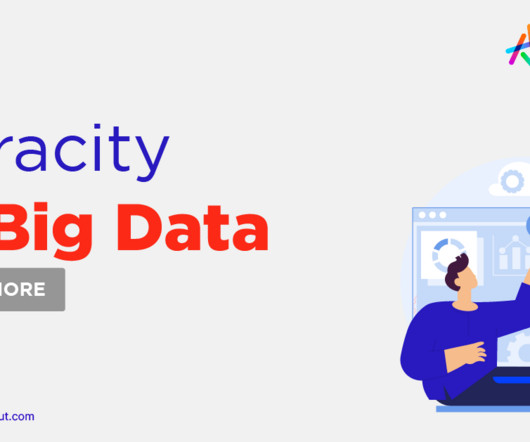
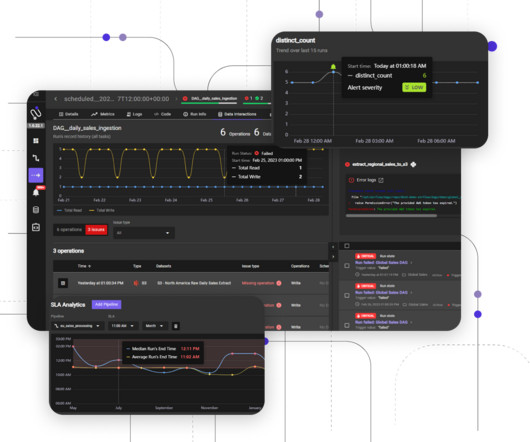



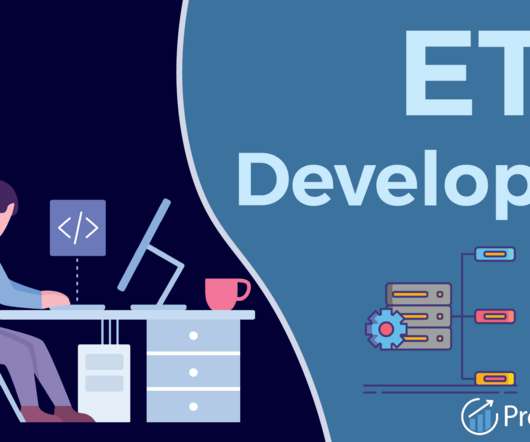

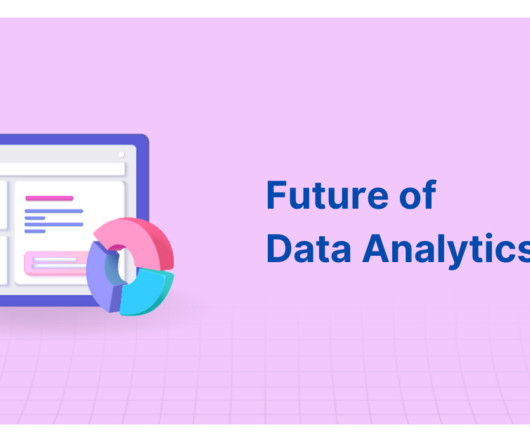
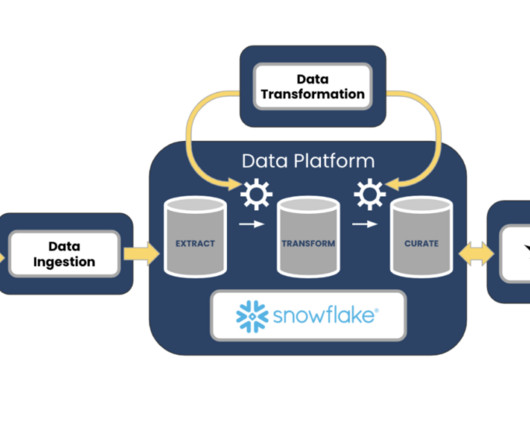
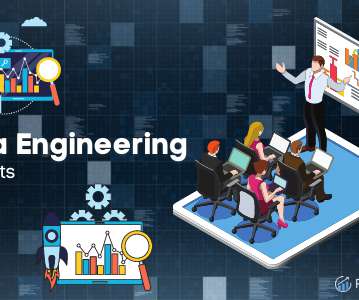






Let's personalize your content